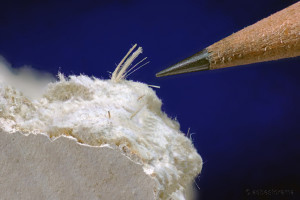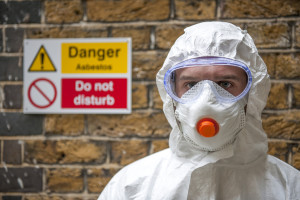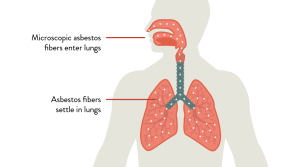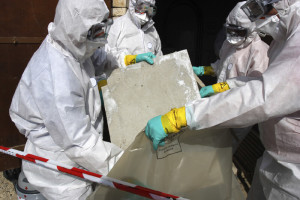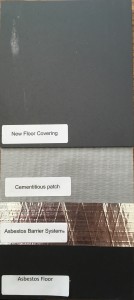Is There Asbestos in Your Floors?
By dciflooringUncategorizedWhat is asbestos?
Why Is Asbestos Dangerous?
Health Risks of Asbestos
Asbestosis – Asbestosis is a serious, progressive, long-term non-cancer disease of the lungs. It is caused by inhaling asbestos fibers that irritate lung tissues and cause the tissues to scar. The scarring makes it hard for oxygen to get into the blood. Symptoms of asbestosis include shortness of breath and a dry, crackling sound in the lungs while inhaling. There is no effective treatment for asbestosis.
Lung Cancer – Lung cancer causes the largest number of deaths related to asbestos exposure. People who work in the mining, milling, manufacturing of asbestos, and those who use asbestos and its products are more likely to develop lung cancer than the general population. The most common symptoms of lung cancer are coughing and a change in breathing. Other symptoms include shortness of breath, persistent chest pains, hoarseness, and anemia.
Mesothelioma – Mesothelioma is a rare form of cancer that is found in the thin lining (membrane) of the lung, chest, abdomen, and heart and almost all cases are linked to exposure to asbestos. This disease may not show up until many years after asbestos exposure. This is why great efforts are being made to prevent school children from being exposed.
Asbestos Management
Asbestos abatement (removal) is probably the most common solution to managing asbestos containing materials. There are several huge draw backs to abatement that one must consider. One being cost factor. The total cost for a completed abatement is huge. Then factor in the cost of having new floor covering installed. Then there is occupant and/or employee down time. During an abatement process, the area being abated must be contained (completely sealed off). If an apartment building is going to be abated, all residents must be relocated prior to beginning the project. If an office building is being abated, all employees must relocate or business shuts down for the duration of the project costing that particular company valuable time and revenue. Once the abatement is completed, the owner of the building is issued a lifetime landfill liability. You’re responsible for any of the asbestos containing material even after is has left your building.
Solution
Fortunately, there is an alternative to these methods of asbestos management. Dynamic Coatings Inc. has the ability to install The Asbestos Barrier System® (ABS®). a product from The National Asbestos Encasing Flooring Systems Inc., The ABS® is a thin three ply membrane composed of polypropylene, fiberglass scrim, and aluminum. This membrane, measuring only 0.008 inch thick, provides a permanent 100% airtight containment of asbestos containing floor material. The cost of the ABS® is typically 50% – 70% less than a complete abatement. The installation of the ABS® does not disturb any of the existing asbestos containing materials eliminating any exposure risk and therefore requires no containment or oversight meaning none of the residents or employees need to be relocated. In a single work day any area encapsulated with the ABS® is also overlaid with new floor covering keeping any disruption to a minimum. Any industry standard floor covering can be installed over the ABS®. Floor covering can also be removed and replaced at the building owner’s discretion. By utilizing the ABS®, the building owner also avoids any lifetime landfill liability, thus eliminating one more expense. Encapsulation is considered an expense item and can be deducted from taxable income in the year incurred.

